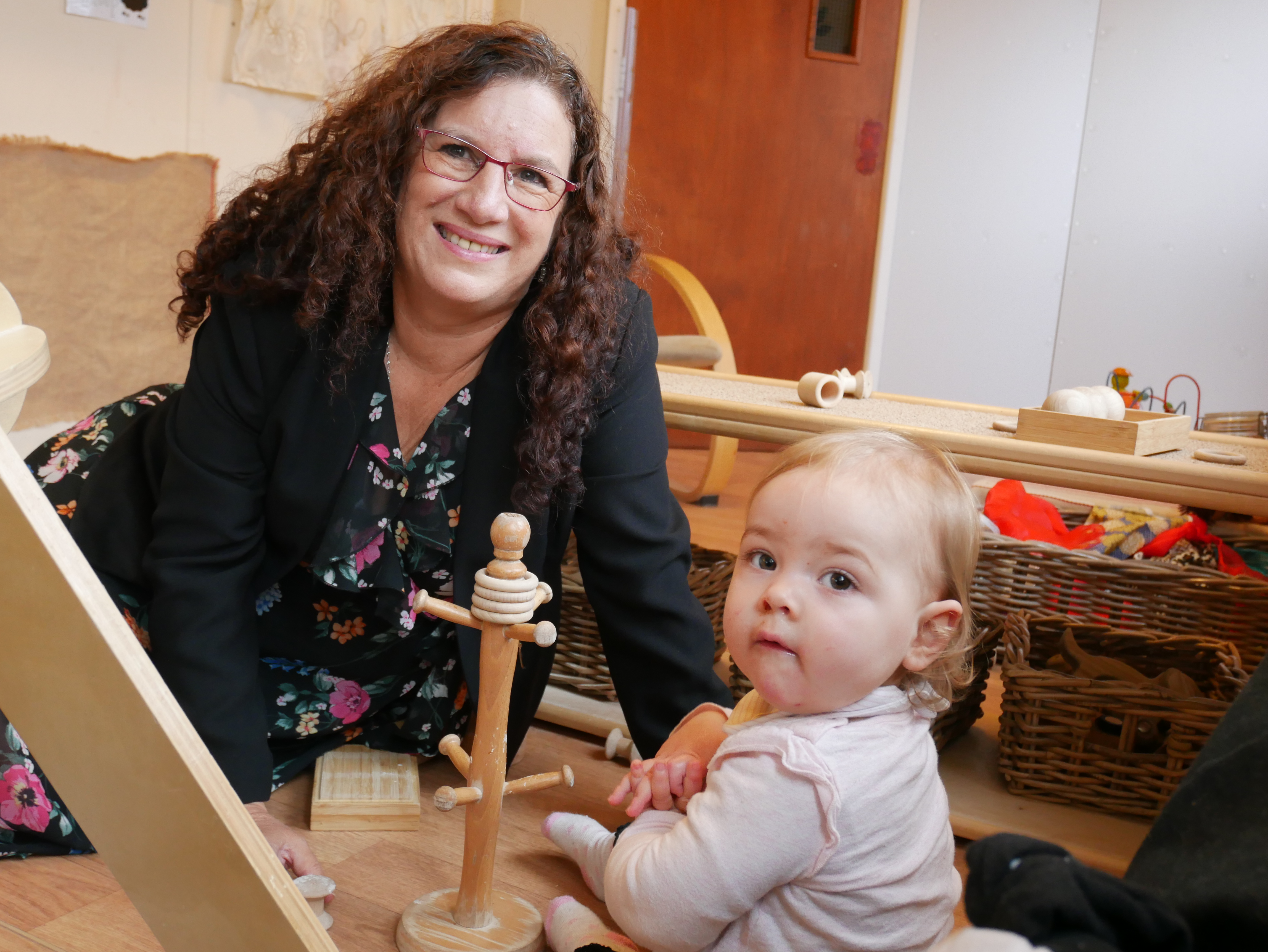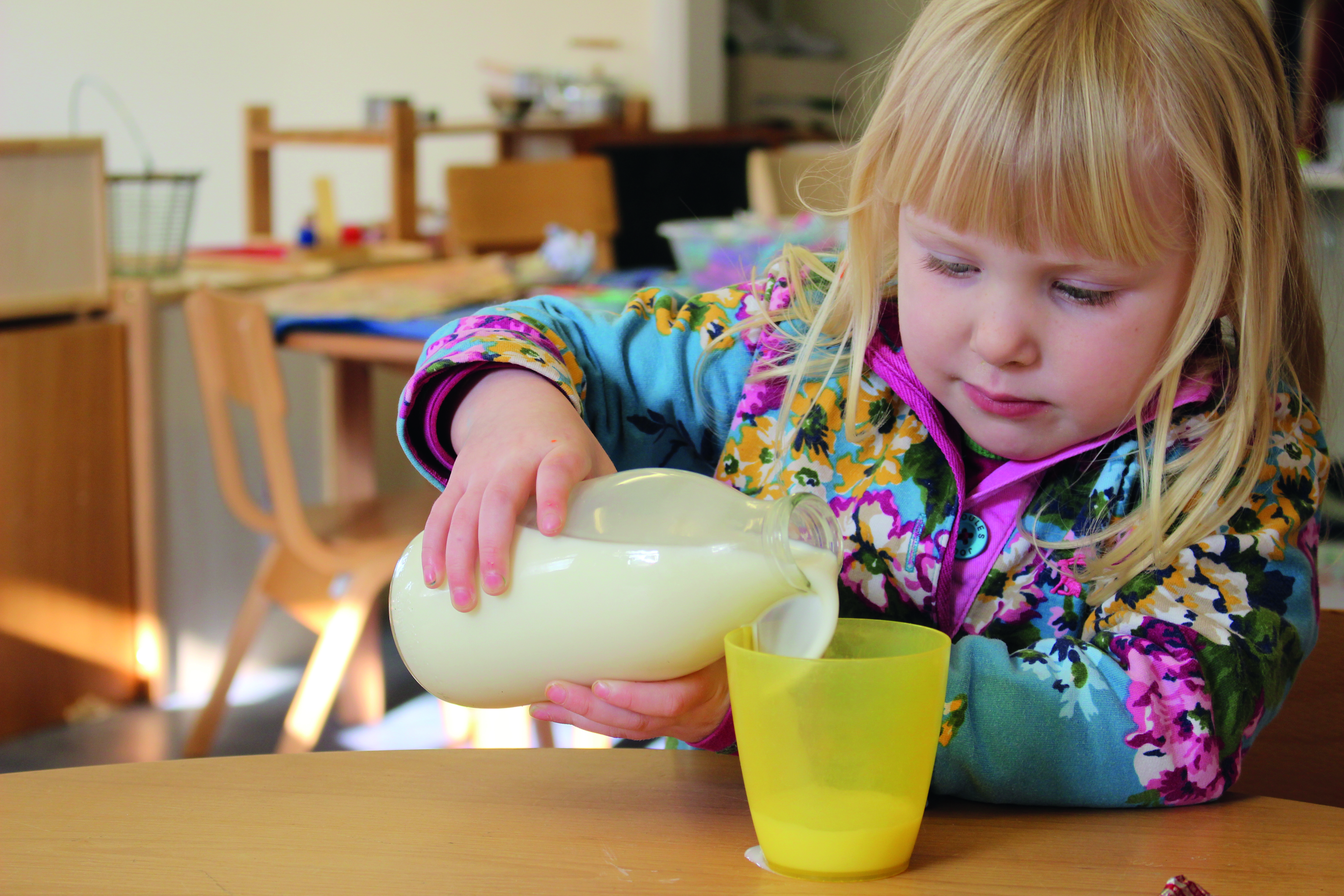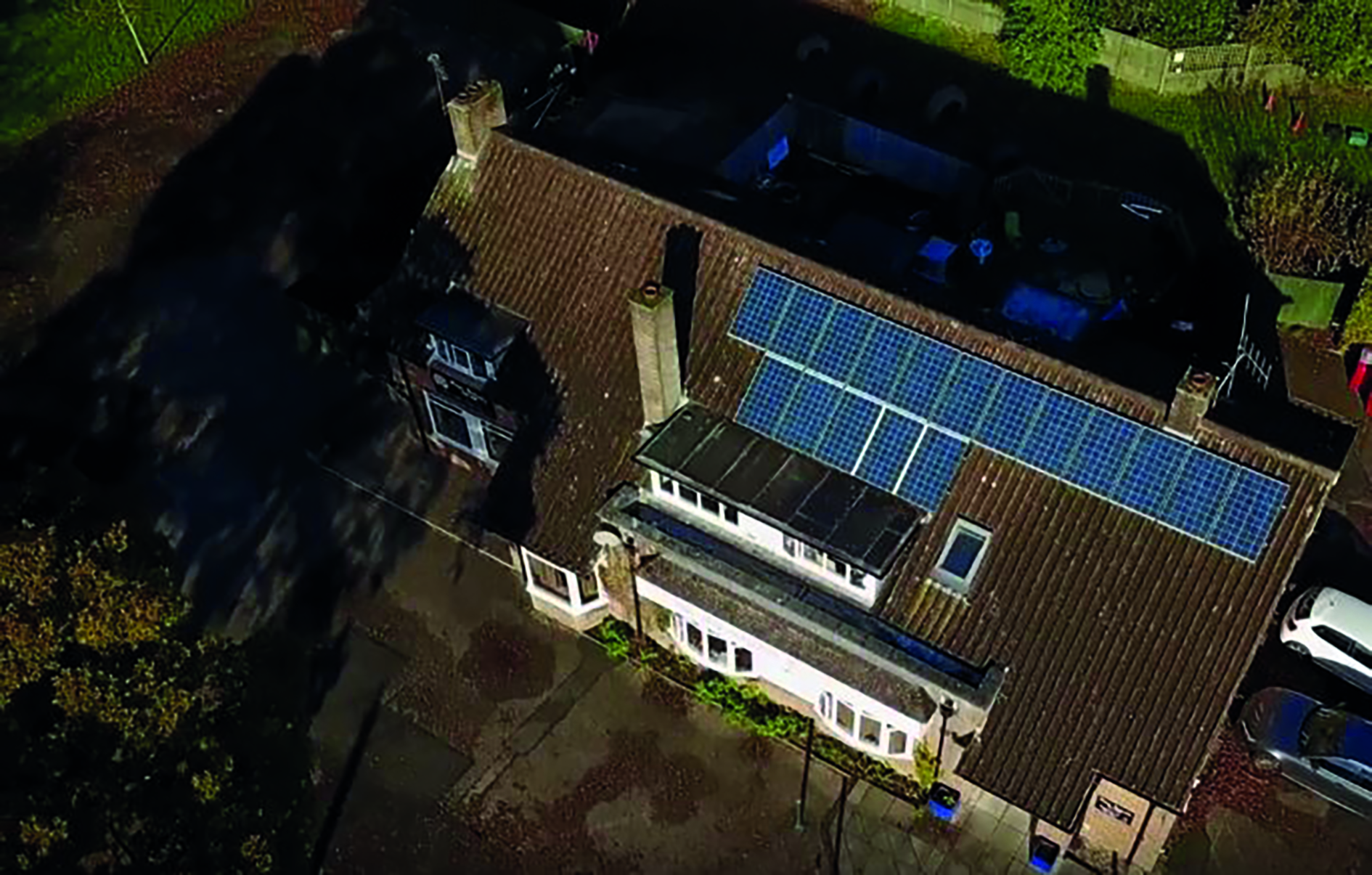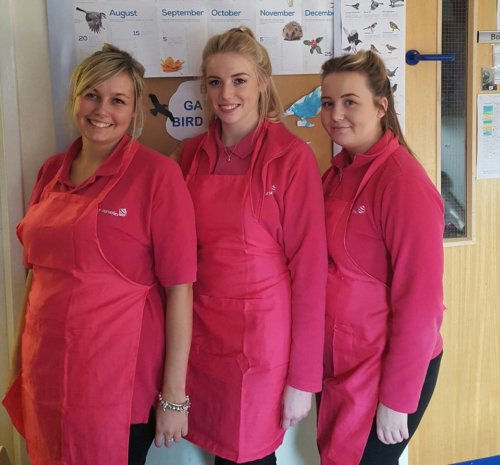
After decades of being pushed aside, the state of the environment is now making its way into people’s minds, as evidenced by the first climate-change-themed leaders’ debate in the run-up to the General Election last year.
Over the past 18 months alone we have seen catastrophic wildfires in the US, Australia and even parts of the Arctic Circle, while floods in Indonesia have left scores of people dead. This, combined with huge biodiversity loss, has led to a shift in tone from some parts of the media (The Guardian, for example, now refers to a ‘climate crisis’ rather than the more anodyne-sounding ‘climate change’), while across the world 1,250 local governments and 25 countries have made climate emergency declarations. As the United Nations says, ‘climate change is the defining issue of our time – and we are at a defining moment’ as a species.
The topic is huge, but as we know from neuroscience, frightening people is not the way to lead change, as fear will stop people thinking logically. It is also worth remembering that while all this is not something we alone can tackle – governments have to lead – there are important things we can do. We need to think logically about what to do about this crisis and get on with actions that reduce our impact.
This is where thinking about sustainability comes in. It is defined by the Sustainable Development Commission as ‘development which meets the needs of the present without compromising the ability of future generations to meet their own needs’. Putting this into context is the fact that here in the UK we are living a ‘three-planet lifestyle’, consuming three times as much resources than are sustainably available.


Cheryl Hadland
Pillars of sustainability
When thinking about running a sustainable business, it can help to break the concept down further into the three main pillars of sustainability, which are economic, environmental and social – also sometimes called people, planet and profits. Like a stool with only two legs, one on its own is unlikely to be effective: any decisions should encompass all three.
Tying these together is leadership (or governance) for sustainability. Sustainable leadership is almost the opposite of leadership for short-term profit; it is sophisticated, social and collaborative. Everyone and anyone can engage in sustainable leadership. Look at the example set by teenager Greta Thunberg, whose speeches are collected into a book, No One Is Too Small to Make a Difference (you can also listen to them on YouTube).
There are many different approaches that can be taken, and each person needs to reflect, and decide what they are prepared to do to contribute. No action is too small, because others will come on the journey with you. Humans are social and the vast majority like to engage in actions that make a difference, so all you need to do is ‘walk the talk’, take some action and talk about what you are doing and why. But what action should you take?
I can tell you my story, and point you at the stories of others, but I will say everyone can and does do this slightly differently, and that is OK. As the world’s population grows from seven billion to a projected nine billion, the necessity for all of us, and particularly those in the more developed world, to live sustainably increases with each birth.



How it began
The Tops Day Nurseries journey started with me reading Al Gore’s book, An Inconvenient Truth, back in 2006, and then installing solar water heating on my home, followed by solar panels on Tops Day Nursery in Wimborne, Dorset. The oil boiler had packed up and gas wasn’t available, so electric heating was an economic as well as an environmental decision.
However, I failed to communicate what I was doing to staff, neglecting the social pillar of sustainability, and therefore inspired no-one to follow suit. I more or less forgot about the issue until I went scuba diving with sustainability advisor David Jones in June 2016. He had been a significant contributor to the Netflix film A Plastic Ocean, and he subsequently invited me to the première in London.
This was a turning point for me, and inspired a number of actions both personally and at work. In 2017, I completed a Sustainable Leadership course with the Cambridge Institute, changed my diet to mostly vegan, my car from diesel to electric, and started to consider sustainability in every purchasing decision I made.
I was taken completely by surprise when I publicised a request to my nursery managers to stop buying glitter, a microplastic which causes harm when flushed down sinks or blown into the air. A blog I wrote went viral, with responses ranging from ‘Wow, I didn’t know it was a microplastic, we will stop ordering it too’, to ‘You did that just because you are too lazy to clear up after children’.
Over the past few years, alternatives to plastic glitter have become widely available and the big nursery suppliers are making more effort to educate themselves on the issues, though this is still a work in progress as many are hoodwinked by manufacturers selling ‘bio-plastic’ and ‘biodegradable’ items that are not actually eco-friendly.
Ongoing personal development has been a key to the changes we have made. For example, I learnt that the word ‘biodegradable’ is usually ‘greenwash’, a sales technique that companies use to make you think your choice has been more sustainable, and for which they might therefore charge you a lot more. Do you have a biodegrading facility at your nursery? Does your waste company? Almost certainly not.
‘Recyclable’ is another one. With just 9 per cent of virgin plastic actually being recycled, your recycling might well be going to landfill or elsewhere (Westminster Council sent 82 per cent of all household waste – including that put in recycling bins – for incineration in 2017/18).
I now try to support the ‘circular economy’ and buy things made from recycled materials, from charity shops, car boots, second-hand websites, and even dumps, but also from manufacturers that are doing their best to be sustainable, perhaps accepting their products back at the end of their life, and especially not lying about their credentials. Buying from local growers is far more sustainable than importing. Another crucial part of the picture is that I have simply stopped consuming as much.

Leading the change
With the benefit of hindsight, and research, I recommend you start leading the change in your business by looking at your utilities’ invoices. A useful target is to try to cut your spend by 20 per cent. Some actions will cost very little (such as timers, sensors and butcher sheets for freeflow doors), some will return on your investment within a year (LED lights) – and others will be a longer-term investment, such as roof insulation, double glazing, solar panels and electric cars.
Then look at your consumables spend. You can cut your spend on one-use plastic, stop buying glitter and sequins, halve your laminator sheet spend. Some things you can replace with alternatives that are re-usable, such as wipe-down aprons.
None of the above will work unless you bring people with you. Too much change at once can upset people, who after all want to focus on the children over cutting your bills. I found myself accused of this, and it is tough, because they have a point that we must address.
On the other hand, you can engage and retain great staff by sharing their sustainability passion, and they can lead the changes in the rooms for you. So another key starting action is finding out if any of your staff are keen on sustainability. You could write your own survey on SurveyMonkey, or use the CEEDA survey, which includes our sustainability question.
More than 95 per cent of Tops staff believe that sustainability is important, and 86 per cent of our parents do as well – so it is good for staff, and for occupancy. This figure has increased over the years, but particularly since Blue Planet 2.
I have plenty of evidence from feedback forms that parents are choosing nurseries not just for their childcare but also their commitment to sustainability, so those nurseries not doing their part may find they start to lose children to those that are.
We have developed a website, www.gecco.org.uk, which aims to share our sustainability experience and develop a like-minded community of people to help bring change. Tops Havant was the first early years setting to be awarded Plastic Free Schools status from Surfers Against Sewage, and now the whole group are Plastic Free Champions, and many are Eco-Schools too. We are aiming to be carbon-neutral by 2025.
For some staff to engage, e.g. not open the windows while having the heating and air conditioning on, you will have to explain why – in several different ways, and repeat this many times. You will also need to role-model, and monitor, and perhaps offer carrots and sticks. Knowing your staff will help you work out what might motivate each individual. For example, for some it may be their health; for others because they love animals; others for the future of their children.
This is a culture change and should extend to the snacks and drinks staff have on site, to their uniform, the equipment and resources you enable them to use, or purchase, the way they come to work – and it takes time, effort and care. Tops is still on the journey as we take on new nurseries and new colleagues, and also learn more.
My final piece of advice here is to be pragmatic. Humans can’t have no impact; there is no perfect solution. There are some compromises you may not be prepared to make, and I think that’s OK, just do your best in the areas that you can, feel good about those and celebrate to cascade the effect.

Cheryl’s top ten tips
1. When looking to make change, start with what is free or saves you money (e.g. changing to a green energy supplier), then what is cheap (washable products instead of disposable ones), and then areas in which you can invest, such as solar panels and electric cars.
2. Do an audit of what you use: start with your biggest invoices, working your way down, thinking about what you might do to reduce each one.
3. Get your energy supplier to break down your bills by time, ideally per quarter hour, so you can see when you are spending your money. I did this and found we could save thousands of pounds by not paying for heating over weekends when settings were closed.
4. Change your pension provider to one who offers sustainable investments. Your pension money may be being invested in Exxon Mobil (the largest publicly traded international oil and gas company), Coca-Cola (named the worst company for plastic pollution for the second year running by an environmental pressure group that organises beach clean-ups) or Nestlé (the world’s largest producer of bottled water, which has been criticised for limiting local people’s access to water resources).
5. Reduce meat buying. Bulk out mince dishes using at least half meat substitute such as Quorn. Watch Cowspiracy and The Game Changers on Netflix – see the previews: https://www.youtube.com/watch?v=nV04zyfLyN4 and https://www.youtube.com/watch?v=iSpglxHTJVM.
6. Don’t forget cleaning materials – you can stop buying laundry detergent and softener, and use an eco-ball instead, or change to more concentrated and healthier products such as Biovation, which are also cheaper.
7. Try an accreditation scheme to help you self-assess and improve, e.g. https://www.plasticfreeawards.org.uk and https://www.eco-schools.org.uk.
8. Work with charities that focus on sustainability, e.g. Just One Ocean, Marine Conservation Society, Friends of the Earth, Greenpeace, Sea Shepherd and The Wildlife Trusts.
9. Watch out for greenwash, particularly around biodegradability (now an illegal product description in California) and for companies profiteering on the eco bandwagon, e.g. selling ‘eco-bracelets’ when they buy cheap plastic bracelets, sell them at a huge profit and donate a very marginal amount to environmental charities.
10. See www.gecco.org.uk and www.topsdaynurseries.co.uk for a host of resources and ideas including sustainability checklists and blogs.









